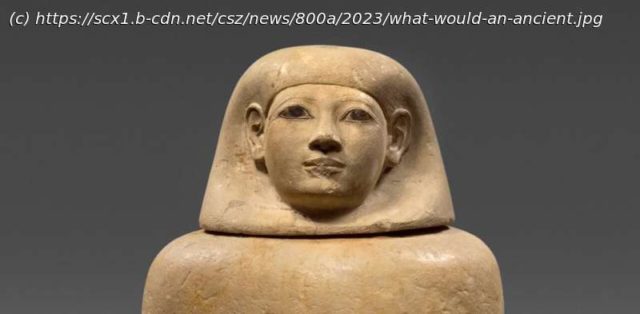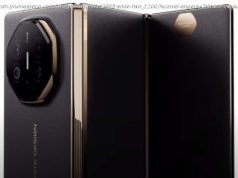In 1900—some 22 years before he discovered the tomb of Tutankhamen—British archaeologist Howard Carter opened another tomb in the Valley of the Kings. In tomb KV42, Carter found the remains of a noblewoman called Senetnay, who died around 1450 BCE.
In 1900—some 22 years before he discovered the tomb of Tutankhamen—British archaeologist Howard Carter opened another tomb in the Valley of the Kings. In tomb KV42, Carter found the remains of a noblewoman called Senetnay, who died around 1450 BCE.
More than a century later, a French perfumer has recreated one of the scents used in Senetnay’s mummification. And the link between these two events is our research, published today in Scientific Reports, which delves into the ingredients of this ancient Egyptian balm recipe.
Our team drew upon cutting-edge technologies in chemistry to reconstruct ancient scents from jars of Senetnay found in the tomb.
We used three variations of chromatographic and mass spectrometric techniques, which work by breaking samples down into individual molecules. Specific substances have different assemblages of molecules. Based on these characteristic compounds and through comparison to known reference materials, we identified the different ingredients.
After the excavation by Carter, two of Senetnay’s jars recovered from the tomb made their way to Germany. So, in 2020, we approached the Museum August Kestner in Hannover about the possibility of analyzing the jars with these new methods.
These jars are known as canopic jars. They are made of limestone and were used to store the mummified organs of the ancient Egyptian elite.






